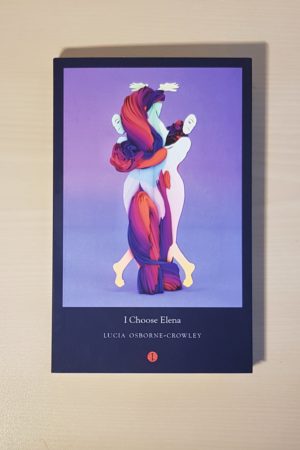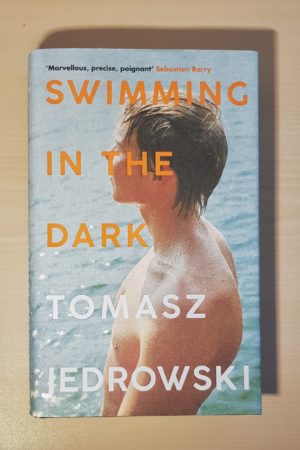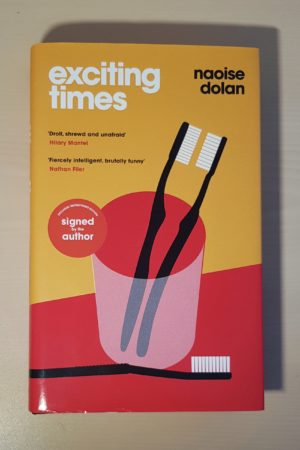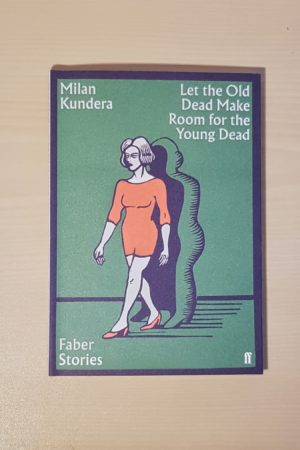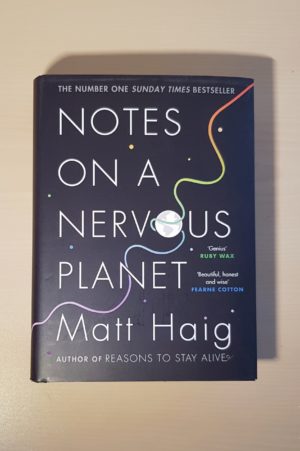What I’ve been reading this month
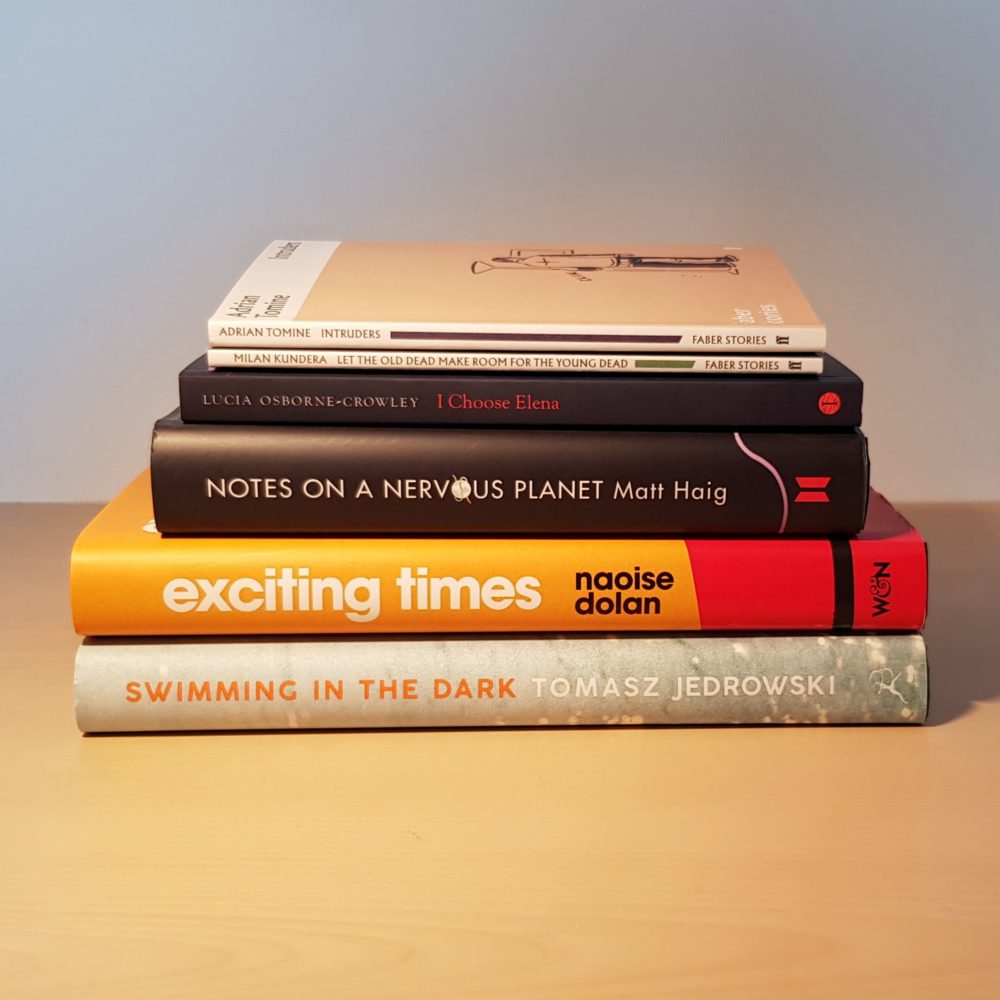
Six books to mention this month…
I Choose Elena by Lucia Osborne-Crowley
A 2019 essay on the lasting effect of trauma on Osborne-Crowley, exploring the effect that a rape at knifepoint when she was fifteen years old changed her life.
This was a deeply personal and powerful account. Osborne-Crowley reflected on the influence literature had on her recovery, including Elena Ferrante’s Neapolitan novels which the title references. She also reflected on the personal circumstances which she believes underlie the reason the experience had such a profound impact on her life, in a section that knocked me sideways.
This will stay with me.
Swimming in the Dark by Tomasz Jedrowski
This was a newly published book by first-time author Tomasz Jedrowski. It followed a boy growing up, coming to terms with his sexuality, and falling in love against a background of political and social turmoil in late twentieth-century Poland.
I picked this up because I had read that it heavily featured James Baldwin’s classic Giovanni’s Room, which I have only recently read, and I was interested to see how this work would use that one. It turns out that it played a central part in the plot.
Jedrowski is an exceptionally talented writer who brought new emotional insight by referencing themes like social acceptance, shame, guilt, perseverance, and vulnerability in various aspects of the characters’ lives. There were, for example, complex emotional parallels between rebelling against an oppressive political regime and rebelling against a heteronormative society.
I really enjoyed this book and thought I got a lot out of it. The experience of having recently read Giovanni’s Room led to me reflect quite a lot on the different influences the same book can have on different people’s lives. Giovanni’s Room clearly meant something different to someone exploring their nascent sexuality in a country which suppressed homosexuality compared to what it meant to a straight 30-something in the UK in 2020: this made me reflect much more deeply on that point, and how much what we all take from books depends as much on what we bring to them as what is in them.
Exciting Times by Naoise Dolan
I picked this book up entirely on the strength of the cover, so all credit to designers Sara Wood and Steve Marking.
It was a book about Ava, who left Ireland at the age of twenty-two to teach English in Hong Kong. She befriended a banker, Julian, and then a lawyer, Edith, and much was made of the trio’s diverse backgrounds, financial situations, and approaches to life. At heart, this was a love story. Dolan’s writing was sharp and witty and was the real star of this book.
What could we need more during these strange times than a warm and witty love story? It was modern in a way that will date quite quickly (lots of commentary on iMessage typing indicators and ways of working at Starbucks), but it was still lovely.
Let the Old Dead Make Room for the Young Dead by Milan Kundera
I don’t think I’ve read anything by Milan Kundera before. This was forty-three pages first published in English in a collection called Laughable Loves in 1974, and now republished as a standalone volume in the Faber Stories collection. Regrettably, the volume doesn’t credit the translator of the original Czech; from a bit of web searching, I think it was probably Suzanne Rappaport.
The plot concerned a man and a woman who previously had a sexual encounter when he was 20-ish and she 40-ish coincidentally meeting again 15 years on. Narration alternated between the two of them for each of the fourteen chapters.
There was a lot packed in here: the plot may have been straightforward, but the melancholy atmosphere, the lost love, the detail of the imagery, and the reflections on aging and changing and mortality elevated this to something more than a simple narrative. Kundera packed more into these forty-three pages than many authors I’ve read recently fit into a full-length novel.
Intruders by Adrian Tomine
This was an 81-page graphic novel (or, I suppose, graphic short story—but that doesn’t seem like it means the same thing). First published in 2015 in the collection Killing and Dying, I read the 2019 standalone Faber Stories volume.
Graphic novels aren’t really my cup of tea, but I enjoyed this, nonetheless. The book followed an American soldier returning home between his second and third tours of duty. The tale was a clear allegory for war abroad: without the consent of the new occupant, he secretly visited (and ended up defending) an apartment which he previously occupied. This choice made me think a lot about the authorial intent: was this a narrative device to make us think about war differently? Was this a reflection of the mental state of the solider? Was it a bit of both?
The blurb called it a ‘disquieting evocation of a post-traumatic life’, but I’m not sure that fits with how I read it. I found it a little too fantastical to be read as a realistic evocation of anything, but it did make me reflect quite a lot on the psychological impacts of war.
Notes on a Nervous Planet by Matt Haig
This was Haig’s 2019 book about the effects of various aspects of modern life on mental health. I like Haig’s writing, so I enjoyed this book. Haig mixes his first-hand experiences with discussions of the evidence base which made for an engaging but light book, with quite a bit of wit.
I don’t think I learned a huge amount from this book, but I enjoyed Haig’s take on the topic.
This post was filed under: What I've Been Reading, Adrian Tomine, Lucia Osborne-Crowley, Matt Haig, Milan Kundera, Naoise Dolan, Tomasz Jedrowski.
